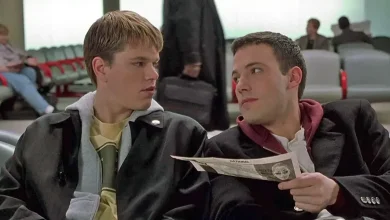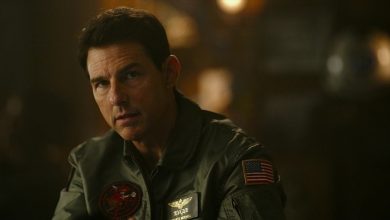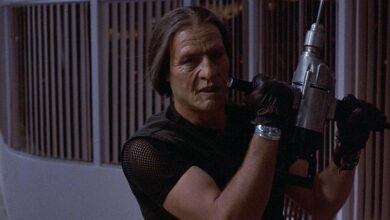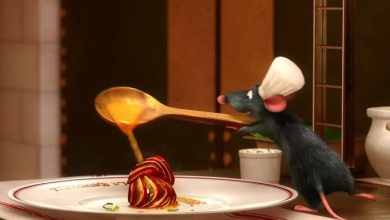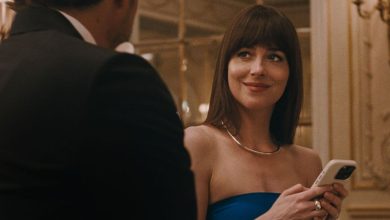AI-Enhanced “Wizard of Oz” at The Sphere Sparks Controversy Over Art, Ethics, and Entertainment
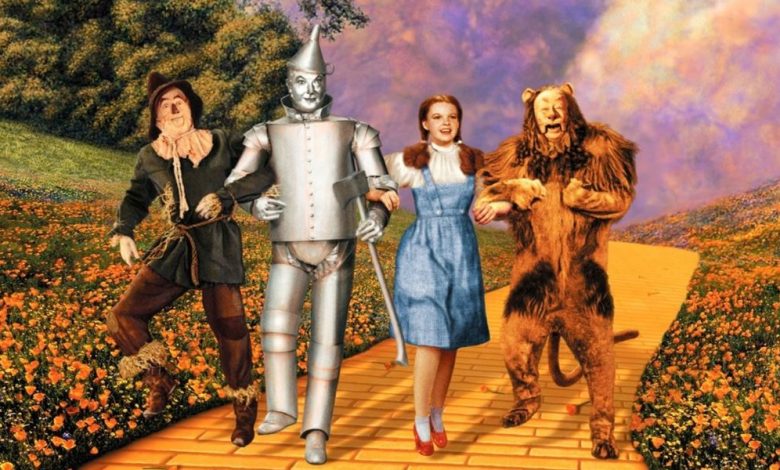
Between the upcoming “Wicked” movie and the buzz around The Sphere in Las Vegas, the world of Oz is having a massive cultural moment. But not all press is good press. The latest AI-enhanced version of The Wizard of Oz being screened at The Sphere has ignited a fierce debate over the ethics of altering classic cinema.
The AI Wizard of Oz: What’s Changed?
The Sphere has reimagined the 1939 classic, not by restoring it — but by digitally altering it using AI. Changes include:
-
Expanding the original 4:3 aspect ratio to fill the Sphere’s massive wraparound screen
-
Outpainting and background enhancements using generative AI
-
Digital performances from new “actors” inserted into original scenes
-
Altered depth of field and scenic elements like grass and lighting
-
A cut runtime, reduced from 102 minutes to 75, for more daily screenings
These modifications are drawing the ire of film purists, critics, and casual fans alike, many of whom see the alterations as a distortion of the filmmakers’ original intent — even comparing it to touching up the Mona Lisa.
The Artistic Backlash
Critics argue that this AI-enhanced version undermines the artistic integrity of the original film by:
-
Inserting performances the original cast never consented to
-
Erasing film grain, which removes the historical texture and warmth of analog cinema
-
Modifying the cinematography, which affects shot composition and visual tone
For many, it’s not about technology — it’s about respecting legacy art. The use of AI is seen not as preservation but as unauthorized revisionism, made more controversial by the high ticket prices (reportedly starting at $100+) and reduced runtime.
See More ...
Voices in Favor of the AI Version
Not everyone is upset. Some prominent figures have defended the project, arguing that:
-
It introduces classic cinema to younger audiences in a compelling new format
-
It’s a technological homage, not a replacement of the original film
-
The 4D experience (with added scents, wind, and motion effects) adds immersive fun
Supporters include Lorna Luft, daughter of Judy Garland, who called the enhancements “ethical” and necessary for modern venues, and Ben Mankiewicz of TCM, who sees the project as a gateway to greater appreciation of older films.
Art or Gimmick?
The broader concern here is not just about The Wizard of Oz. It’s about the ethics of using AI to alter historic art — particularly when the original artists are no longer alive to consent. This AI-fueled version blurs the line between remix culture and commercial exploitation.
The Sphere’s version feels more like a “remix for profit” than an artistic reinterpretation. Compare it to projects like The Dark Side of Oz, where fans sync Pink Floyd’s “The Dark Side of the Moon” with the movie — a creative mashup that preserves the integrity of both works.
But with AI-generated content, it’s a machine making creative decisions — not an artist.
The AI-driven reimagining of The Wizard of Oz at The Sphere raises important conversations about technology, authorship, and the value of original art. Is it preservation? Innovation? Or just commercial repackaging?
At a time when the entertainment industry is already reckoning with AI’s role in everything from screenwriting to deepfake performances, this debate is a reminder that not all progress is automatically ethical.
